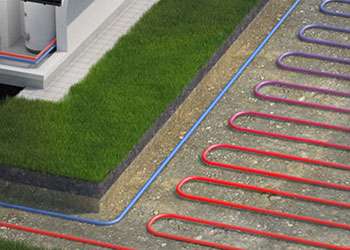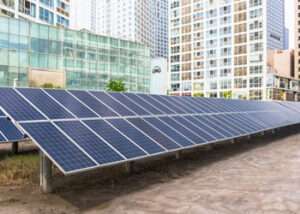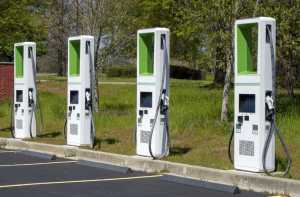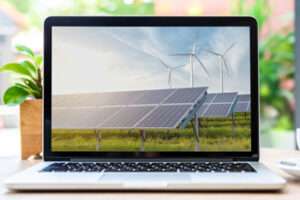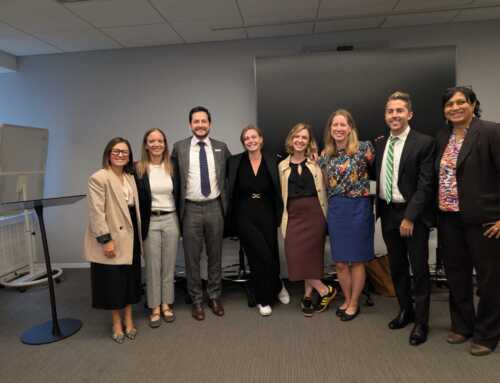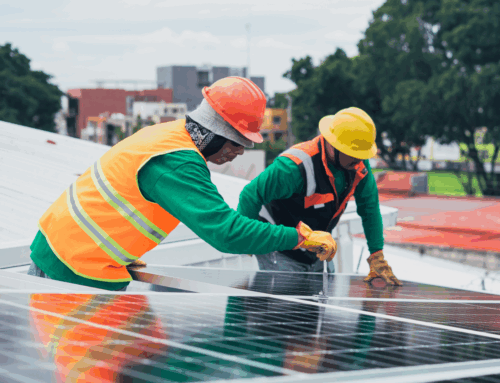Share This Post
‘Greenhouse gas’, ‘greenhouse effect’ and ‘preventing climate change’ dominate climate change queries on Google. However, the real story lies in the real-life challenges and resilience of people and communities bearing the impact daily.
Climate change is a significant threat, causing wildfires, flooding, heatwaves and extreme winter storms. These events disrupt lives, communities, societies, and nature globally and the events play out before us, heightened on social media and news feeds. The threat is obvious and often devastating. The Hawaii Firestorm in August 2023, for example, was the deadliest in over a century and caused an estimated $5.6 billion in damages. Less obvious, is the threat of lack of preparedness in dealing with climate events – both before and after. This readiness is known as climate resilience, and it is critical in the face of climate risks.
This blog will look at the impact of climate change on individuals and communities and focus on the importance of building resilience to climate change.

What is Climate Resilience?
Climate resilience, according to The Center for Climate and Energy Solutions (C2ES) is the ability to anticipate, prepare for and respond to extreme climate events, trends, or disasters. In the words of Francis Bacon, it is the ability to ‘bounce back’. A key focus is helping communities understand how being prepared, rather than just responding, can minimize risk. It also concentrates on how to enable rapid recovery from climate-related disasters.
Why Climate Change is Relevant to Montgomery County
Climate change is becoming increasingly relevant to everyday lives and the structure of society. It is no longer just about distant polar ice caps or abstract global trends. It’s about marked changes in communities that lead to multiple environmental, economic, and social challenges:
- Food supply, such as fresh produce and staple grains, is impacted by altered rainfall patterns, frequent droughts and extreme weather events, resulting in lower crop yields. These climate-induced shifts in agricultural productivity mean certain foods may not always be available, and when they are, may cost more.
- Climate change also influences the housing market and insurance sector. The more climate events occur, the greater the risk of property damage. This increases the cost of maintaining and repairing homes and leads to increased insurance premiums. Essentially, it will become more expensive to own and protect homes.
- Communities with fewer resources or in high-risk areas face a disproportionate burden. The communities are more likely to lose their livelihoods due to agricultural shifts, and face a greater financial strain of property damage and increased living costs.
Climate change is unpredictable but the impact on communities is not: homes, businesses, livelihoods and infrastructure are at risk. Risk and loss, however, are not the only options. There is also resilience – the ability to adapt and recover.
Balancing the Dynamic Between Risk and Resilience
Risk and resilience play out differently in a practical context, so it is important to understand the distinction between the two concepts:
- Risk includes threats and vulnerabilities that will negatively affect people and systems. A tornado or drought, for example, is a threat to all communities in that area. However, it is the potential degree of damage to a community that will determine how vulnerable they are. A tornado poses a greater threat to a high-risk community who have limited financial resources or livelihood choices. Such a community is more vulnerable, both at the time of the event and after the event.
- Resilience, on the other hand, is about recovery and adaptation. The Goldman Sachs building in New York stands as a good example of resilience. After Hurricane Sandy, power outages were widespread across New York. Goldman Sachs however, remained operational. Their proactive approach included understanding the risks, having access to relevant data and investing in a structure that could withstand climate events. They had a resilience plan that was informed and resource-supported, which meant the building suffered minimal damage and they were able to focus their efforts on supporting the broader community.
Risk and resilience are then two sides of the same coin. Risk is often directly proportionate to how resilient individuals and communities are against that risk. The better an individual’s or community’s adaptive capacity and climate change response is, the smaller the risk.

Key Concepts in Climate Resilience
To measure current or projected resilience, it is important to understand the key concepts around climate resilience so that individuals and communities can determine their strengths and vulnerabilities. They can then also implement strategies that help them respond, adapt, and thrive in the face of climate change. C2Es outlines the key concepts as:
Risk: a combination of a likely climate event and its potential impact.
Vulnerability: the potential harm a system or community may experience.
Sensitivity: how severe the harm to a system or community will be.
Exposure: the number of people, ecosystems, and assets in areas that may be affected.
Adaptive Capacity: the ability to adjust to climate hazards, act on opportunities, and/or manage the consequences.
Climate Justice: recognizes that climate change can affect the poorest communities the most and increase inequalities.
The Importance of Urban Resilience to Climate Change
Resilience is critical for many reasons. Firstly, it protects people and property from the immediate and long-term effects of climate change. For example, having a resilient infrastructure helps save lives, reduces the damage from severe weather events and minimizes economic losses. It can even encourage economic growth through investment in infrastructure which can lead to job creation, innovation, sustainable developments, and climate justice.
Laura Mondragon, Director of Climate Resilience at the Green Bank maintains that “Assessing climate risk through a local lens is crucial for communities. Making it relevant to where you live and work helps you understand that climate change is not just a global issue, but can impact your local community at any time. This then changes how people invest in and become part of an adaptive approach.”

Five Steps to Climate Resilience
Building climate resiliency is both a strategic and practical action. The Climate Smart Community Series, Vol 6 provides a comprehensive guide on assessing and enhancing community resilience to climate events. C2ES’s guide, Implementing the Steps to Resilience, breaks down climate resilience planning into five steps:
- Understand Exposure
- Assess Vulnerability and Risk
- Investigate Options
- Prioritize and Plan
- Take Action
Each step includes detailed guidance, resources, and opportunities for community participation. The guide highlights the benefits of understanding community history, working with existing plans, defining fair goals for all segments of society, and involving the community in every step.
Building Resilience for a Safer Tomorrow
Climate resilience is a practical, prepared response to climate change as it impacts our homes, communities, and society. It is crucial for disaster risk reduction and for creating climate-resilient communities at every socio-economic level.
It goes beyond surviving to enabling. It encompasses a community and society that thrives in adversity, steps into opportunities, and builds a safer tomorrow for future generations.
Partnering with the Green Bank to Improve Climate Resiliency
The Green Bank is focused on connecting funds to projects for a greener Montgomery County – including managing risk and improving resiliency for individuals and communities. As part of their green mission, they are currently identifying pilot projects that encompass climate resilience. For more information on how an individual or community can become more resilient, email info@mcgreenbank.org.


